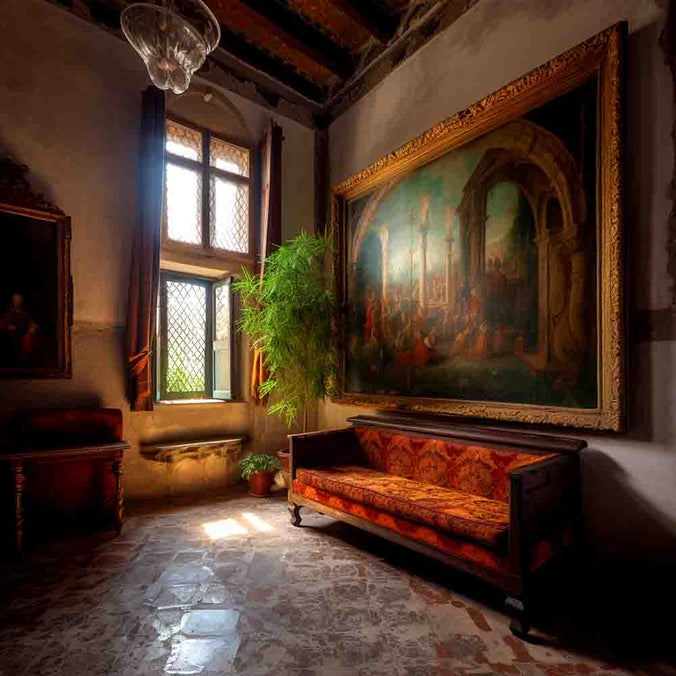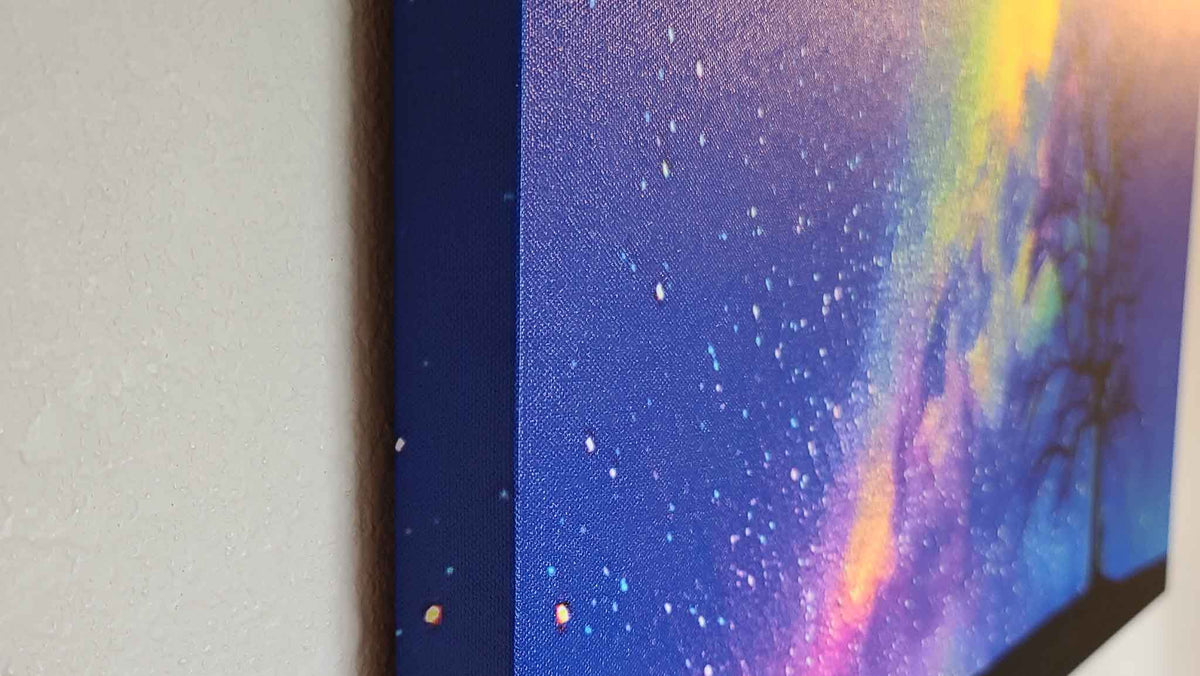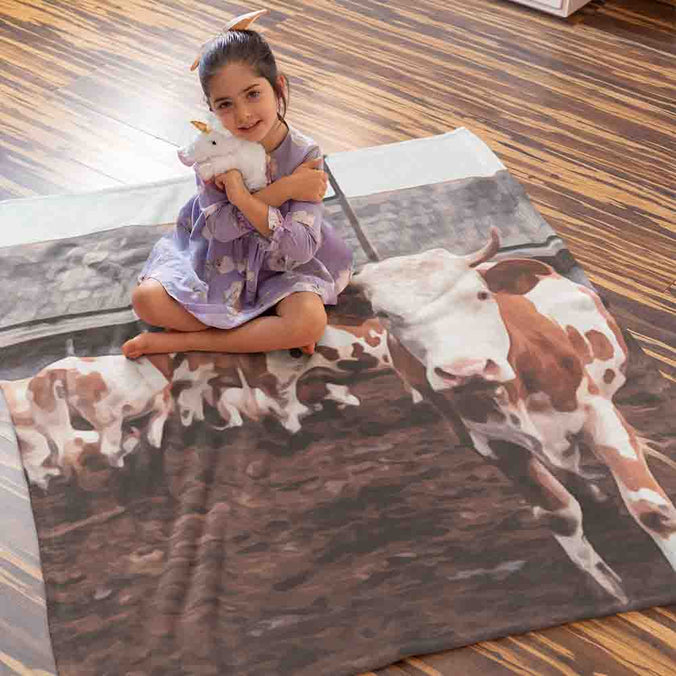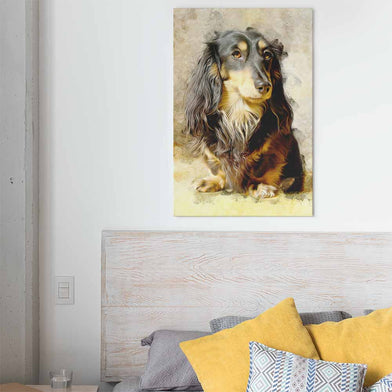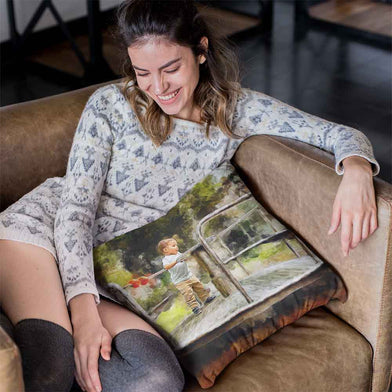Enhancing Your Home Décor with Wall Art

Enhancing Your Home Décor with Wall Art
Wall art plays a crucial role in home décor, adding visual interest, expressing personality, and serving as conversation starters. In this post, we will delve into the importance of texture, color, dynamics, size, and placement in wall art to help you create a harmonious and visually appealing living space.
Importance of Texture in Wall Art

Texture is essential in home décor, as it adds depth and richness to a room, making it stand out and serve as a focal point. Wall art comes in various textures, including paintings, wall murals, and fabric wall art. When selecting pieces, consider incorporating a mix of textures to create an engaging and cozy atmosphere.
For example, you could combine an oil painting with its distinctive brushstrokes, a macrame wall hanging that adds a touch of softness, and a metal wall sculpture for an industrial flair. Experimenting with different textures will create a unique and visually appealing space.
Using Color to Transform Your Space
Colorful wall art can bring a splash of color to your home and balance out the room's color scheme. Wall art can also communicate your personality and interests, setting the tone for interactions with others. To choose pieces that enhance your space, consider the following tips:- Opt for wall art that complements or contrasts with the dominant colors in your room.
- Use bold, vibrant colors to create a lively atmosphere, or choose softer hues for a calming effect.
- Look for pieces that incorporate your favorite colors or reflect your personal style.
If you're looking to enhance your living room, for example, check out our guide full of useful tips on enhancing your living room with wall art here.
Creating Dynamic Focal Points with Wall Art
Dynamic wall art is essential for the overall appearance of your room, adding visual interest and creating focal points. These focal points can make a room appear more spacious, draw attention to certain features, and even inspire conversations. To achieve the perfect balance and avoid overwhelming the space, try the following:- Vary the size and scale of your wall art pieces.
- Arrange wall art in a gallery wall, mixing different sizes and styles for a cohesive yet diverse display.
- Consider the rule of thirds when hanging multiple pieces, aligning them along imaginary grid lines for a visually pleasing arrangement.
Showcasing Your Personality Through Wall Art

The absolute greatest way to create a unique aesthetic with your artwork is to hang custom wall art in your home. Nothing speaks to you like seeing your own photographs turned into beautiful artwork and displayed on a gorgeous gallery canvas wall art print. Get started with us here!
Select wall art that brings you joy and expresses your unique personality. Every element in your home contributes to its personality, and wall art is no exception. The right pieces can create a unique ambiance and have a significant impact on how people perceive your home.
To showcase your personality through your artwork, consider the following:
- Choose pieces that reflect your hobbies, interests, or cultural background.
- Experiment with different styles, from abstract to traditional, to find what resonates with you.
- Commission a custom piece from an artist you admire for a one-of-a-kind addition to your home.
Selecting the Right Size and Proportions for Your Wall Art
Choose the appropriate size wall art for your space by measuring the wall and considering the surrounding furniture. For instance, a canvas of 3.6 to 4.5 feet should comfortably fit over a six-foot couch. Be mindful of proportions and the overall look of your room when selecting wall art. Keep in mind:- Large-scale pieces can make a bold statement and serve as the focal point of a room.
- Smaller pieces work well in groupings or when displayed with other decorative elements.
- Leave enough negative space around your wall art to prevent overcrowding and create visual balance.
Placement Tips for Wall Art
When displaying wall art, place it close to eye level and ensure it doesn't hover over the furniture. This positioning will make the piece feel balanced and grounded. You can display various types of wall art, but avoid a clutteredlook by placing too many pieces on the same wall. Instead, opt for a grouping of three or more pieces in a similar style and color scheme. Here are some additional tips for placement:
- When hanging art above a piece of furniture, aim to leave 6 to 8 inches of space between the furniture and the bottom of the artwork.
- Align wall art with other decorative elements in the room, such as windows or door frames, to create a cohesive look.
- For a gallery wall, start with the largest piece and build around it, maintaining consistent spacing between each item.
Caring for Your Wall Art
Proper care and maintenance of your wall art will ensure its longevity and keep it looking its best. Here are some tips for taking care of your wall art:
- Clean the surface of your wall art gently using a soft, dry cloth or a feather duster.
- Avoid hanging artwork in direct sunlight, as prolonged exposure can cause colors to fade.
- Keep wall art away from high-humidity areas, such as bathrooms, to prevent damage from moisture.
- If your artwork is framed, consider using UV-protective glass to shield it from harmful rays.
Incorporating wall art into your home decor is a creative way to enhance the atmosphere and express your unique personality. By considering factors like texture, color, dynamics, size, and placement, you can create a harmonious and visually appealing space that reflects your individual style. Don't be afraid to experiment with different types of wall art and arrangements to achieve a look that feels truly yours. With the right choices and proper care, your wall art will serve as a lasting reminder of your personal taste and a beautiful addition to your home.
Leave A Reply
Your email address will not be published. Required fields are marked *

